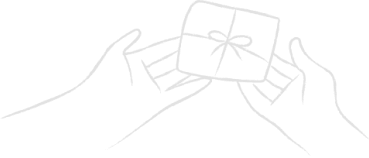In accordance with the African Committee of Experts on the Rights and Welfare of the Child, ACERWC, child Marriage is defined as the legal marriage of boys and girls before the age of 18. It is a harmful practice which affects the rights of a child and deprives the child of attaining its aspirations.
What are the consequences of CM?
• The leading causes of maternal mortality and morbidity for girls aged from 15 to 19 years, are pregnancy and childbirth.
• In most cases, child brides are married to older men, and lack the standing or skills to negotiate over sex or birth control.
• Obstetric fistula is another disability associated to Child Marriage. It is an injury that leaves girls in constant pain and vulnerable to infection, sexual transmitted diseases including HIV, incontinence etc…
• The society and the country also suffer from the consequences of Child Marriage, which undermines development efforts.
• Child Marriage also affects girls’ education since child brides usually drop out of school and are denied the opportunity to complete their education, significantly reducing their ability to earn income and lift themselves and their children out of poverty.
Reasons why CM is still being practiced
The reasons why CM is still being practiced are as follow:
• Poverty: there is a correlation between poverty and child marriage. Girls from poorest households are likely to get married before age 18 as girls from the richest households.
• Level of education and location: they have found to be major determinants above wealth.
• Gender based violence: gender based violence against the girl-child is very high in many communities and countries. Parents may offer their daughter in marriage in the belief this will help protect her from a sexual assault that could leave her stigmatized in the community but girls who married before 18 are likely to be victims of domestic violence including marital rape than their peers who marry later.
• Gender discrimination: it frequently causes girls to be regarded as less worthy of care and protection than boys. Families and communities may discount the benefits of educating and investing in their daughters’ development.
• Religion: abuse of interpretation of Islamic law.
CM and Legislation
According to the Universal Declaration of Human Rights, and the Convention on the Elimination of All Forms of Discrimination against Women (CEDAW), anyone should be given the right to decide whether to get married or not.
Although many countries have laws against child marriage and governments have committed themselves to the overall protection of children under 18, child marriage is still a recurrent practice due to the failure of implementation of the laws, religious and traditional norms.
IAC’s programmes are as follow:
• Training programmes:
o Training of trainers (TOT) for professionals, women group,
o Training programme for youths as peer educators
o Training programmes for legal bodies (prosecutors, police, judges etc.)
o Training of traditional Birth Attendants (TBAs)
o Training of media personnel, artists, policy makers
o Training of curriculum developers, instructors of training institutes
• Information and sensitization campaigns
o Creating awareness among religious, community, traditional rulers, women groups, men groups, youths, TBAs, excisors, teachers, students, parliamentarians.
• Advocacy with policy makers for legislation against HTPs.
• Providing Alternative Employment Opportunity (AEO) for ex-excisors.
• Research and KAP(Knowledge, Attitude and Practice) studies on HTPs.
• Development and production of Information Education Communication (IEC) materials:
o Films, documentaries
o Anatomical model of female pelvic girdle
o Posters, leaflets,
o Booklets, newsletters, journals,
o Reference materials, training modules
o Research and evaluation reports
o Promotional materials
o Radio/TV spots
It is to recall that all IAC’s programmes stated above are based on IAC’s 5 pillars which are:
1. Advocacy and sensitization
2. Law
3. Support to former excisors
4. Support to victims
5. Networking









